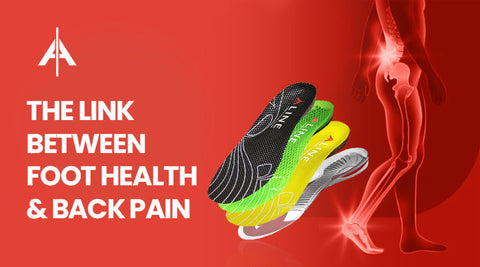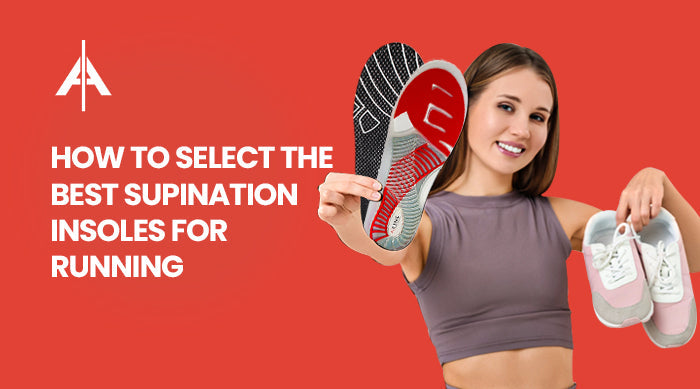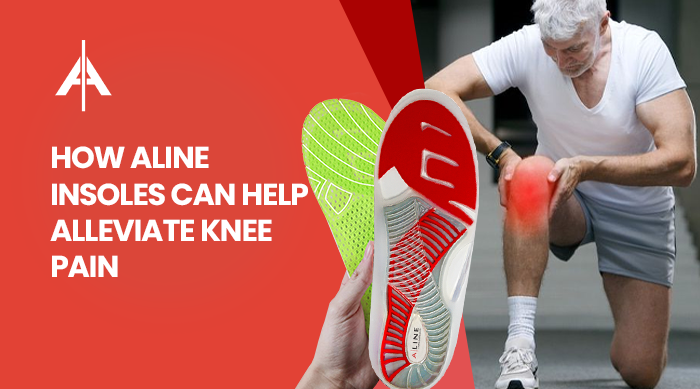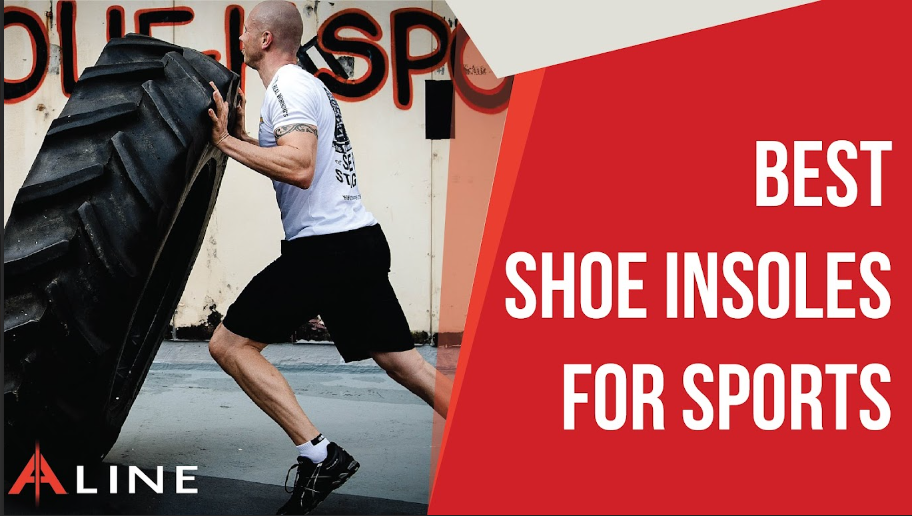The Link Between Foot Health and Back Pain

Summary
-
Misaligned feet can cause strain that travels up through the knees, hips, and spine, leading to chronic back pain.
-
Common culprits include flat feet, high arches, poor footwear, and foot deformities like bunions or hammertoes.
-
Poor foot alignment often leads to pelvic tilt and abnormal spinal curvature, both of which increase lower back stress.
-
Supportive footwear, custom orthotics, and daily strengthening exercises can improve alignment and relieve pressure on the back.
-
Stretching key muscles like calves and hip flexors helps reduce tension that pulls on the spine.
- If pain is persistent, uneven, or affecting movement, consult a podiatrist or physical therapist to address the root cause.
Back pain shows up in many forms. Sometimes it’s a dull ache after standing too long. Other times, it feels sharp and constant, even when you're doing nothing at all. People often look at their mattress, posture, or even their office chair for answers, but what’s often overlooked is foot health.
The way your feet support your body affects everything above them. If there’s a problem with how your feet move or carry weight, that stress doesn’t stay at the ground level. It moves upward through your knees, into your hips, and eventually your lower back.
Understanding the connection between your feet and your spine can be the key to finally relieving ongoing discomfort. And the fix might be simpler than you think.
How Foot Problems Lead to Back Pain
The Kinetic Chain Explained
Your body is one interconnected system. That’s the idea behind the kinetic chain: how each part of your body works in coordination with the others to help you move efficiently.
Feet are your first point of contact with the ground. With every step, they absorb shock and help distribute your weight. But when the feet are misaligned, the rest of the body has to compensate. That means your ankles, knees, hips, and spine end up doing extra work.
For example, overpronation, when your feet roll too far inward, throws off your lower leg alignment and shifts how your pelvis moves. That small shift can cause tightness, strain, or even nerve pressure in your lower back over time.
Common Foot Issues That Cause Back Pain
Flat Feet (Overpronation)
When the arches of your feet collapse, your knees start to rotate inward. That, in turn, causes your hips to tilt and your pelvis to shift, placing excess stress on your lower back. It might not feel dramatic at first, but over time, flat feet can lead to significant lumbar discomfort.
High Arches (Supination)
High arches do the opposite. Your feet roll outward, which limits their ability to absorb shock. That impact travels straight up your legs and into your spine. High arches may also cause instability, making your body work harder to maintain balance.
Poor Footwear
Shoes without proper arch support or cushioning can make everything worse. High heels shift your posture forward, forcing your lower back into an unnatural curve. Flip-flops or flat shoes lack support, allowing your feet to roll in or out more than they should. Over time, these subtle imbalances lead to back strain.
Foot Deformities
Bunions, hammertoes, and similar conditions affect how your foot hits the ground. You may unconsciously shift your weight to avoid discomfort, but that creates uneven wear and poor posture. As your gait changes, your spine may twist or tilt to compensate, leading to chronic tension in your back muscles.
The Domino Effect on the Back
Pelvic Tilt
When your feet are misaligned, it often leads to one side of the pelvis sitting higher than the other. This unevenness causes your lumbar spine, the lower part of your back, to overcompensate. And that results in muscle strain, pinched nerves, and pain that doesn’t seem to go away.
Spinal Curvature
Over time, misalignment of your feet can cause exaggerated curves in your spine. That’s particularly common with overpronation. Instead of your spine having a natural curve, it gets pushed into an unnatural arch. This leads to stiffness, tightness, and a feeling like your back is constantly “off.”
How Insoles Address Back Pain
Support the Arch
Your foot’s arch does more than just give shape to your foot. It’s a key part of how your body balances and distributes weight. If your arches collapse or aren’t properly supported, the pressure doesn’t spread out evenly and ends up stressing your lower back.
A quality insole with built-in arch support can distribute your body weight more evenly, reducing strain on your muscles and joints. This especially helps with lower back pain, which is often connected to how your feet bear weight.
Correct Foot Misalignment
Foot misalignment might sound like a small issue, but it creates a ripple effect through your entire body. For example, overpronation (when your feet roll inward too much) or supination (when they roll outward) can throw off your whole posture. That leads to spinal misalignment, muscle tension, and chronic pain.
Insoles help by stabilizing the heel and aligning the ankles, knees, and hips. When your foundation is balanced, the rest of your body follows. Think of it like fixing a crooked frame in a house - once the base is level, everything else falls into place.
Absorb Impact
Every time your foot hits the ground, it sends a small shockwave up your legs to your spine. Multiply that over thousands of steps each day, and it adds up. This is especially true for people who walk a lot, run regularly, or stand for long periods.
Insoles with cushioning help absorb that impact. They act like shock absorbers, softening the force that would otherwise reach your lower back. It’s a simple addition to your shoes that can have a big effect on your comfort.
Improve Posture and Balance
When your feet are supported correctly, your body naturally falls into better alignment. That helps reduce muscle fatigue and strain, especially in your lower back. You may also notice better balance and stability when walking, standing, or even just doing chores around the house.
Insoles that promote a neutral spine alignment support your body from the ground up, helping you move more comfortably and with better posture.
Types of Insoles for Back Pain
Over-the-Counter (OTC) Insoles
For mild to moderate pain, over-the-counter insoles are a great starting point. These are affordable and easy to find.
These pre-molded insoles typically provide arch support and cushioning to reduce impact. While they’re not tailored to your exact foot shape, they still provide noticeable relief for many users.
Custom Orthotics
If you’re dealing with chronic or severe back pain, custom orthotics might be a better option. These are prescribed by podiatrists and custom-designed based on your gait and foot structure. They are especially helpful for those with significant foot misalignment or unique needs.
While custom orthotics come at a higher price point, they are often covered by insurance and offer long-term value for people dealing with serious structural issues.
How to Choose the Right Insole
Picking the right insole comes down to your personal needs. Ask yourself:
-
Do you need more arch support?
- Are you looking for cushioning for impact-heavy activities?
-
Do you spend a lot of time standing or walking?
If you’re unsure, it’s always a good idea to consult a specialist. A podiatrist can help identify the underlying issues and guide you toward the right kind of insole.
Additional Tips to Maximize Relief
Insoles alone can do a lot, but for the best results, combine them with other supportive habits:
-
Wear supportive footwear: Make sure your shoes offer enough room and structure for the insole to work properly.
-
Strengthen your core: A strong core reduces strain on your lower back and improves posture.
-
Avoid prolonged standing: If your job requires standing for long hours, take regular breaks and shift your weight to avoid stress buildup.
Try ALINE Insoles
When it comes to reliable insole solutions, ALINE Insoles stand out for one key reason: they focus on alignment.
Unlike flat, foam-based inserts, ALINE Insoles are designed to realign the kinetic chain from the foot up to the spine. With patented suspension zones and active alignment technology, ALINE Insoles help reduce the wear and tear caused by misaligned feet.
They are ideal for both everyday wear and high-impact activities, providing support without sacrificing comfort. Whether you're a runner, an active professional, or just someone who deals with daily aches, ALINE Insoles are designed to work with your body, not against it.
Final Thoughts
If you’re tired of living with back pain, don’t overlook your feet. A well-chosen pair of insoles can support your arches, absorb impact, correct misalignment, and improve your overall posture. All of this adds up to real, lasting relief from back pain.
Whether you go for over-the-counter options or custom orthotics, what matters most is giving your body the foundation it needs to function at its best.
Back pain relief might just be a step away.















